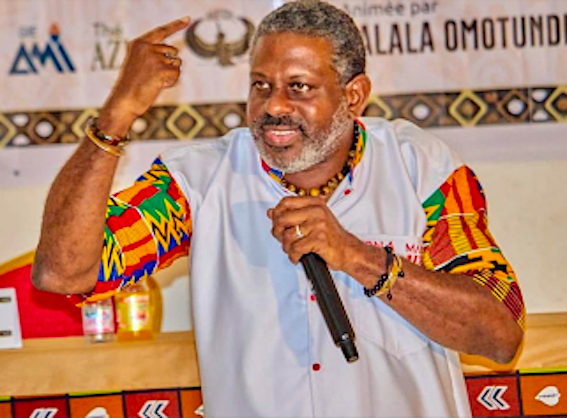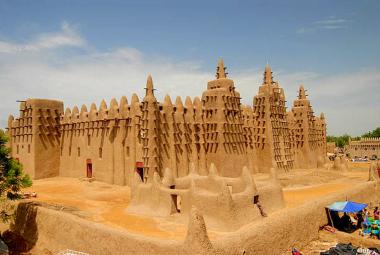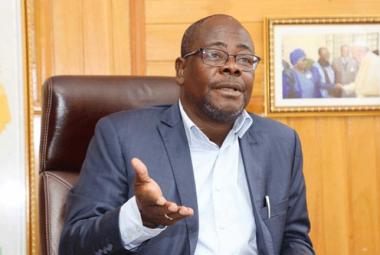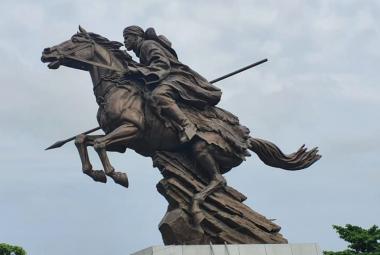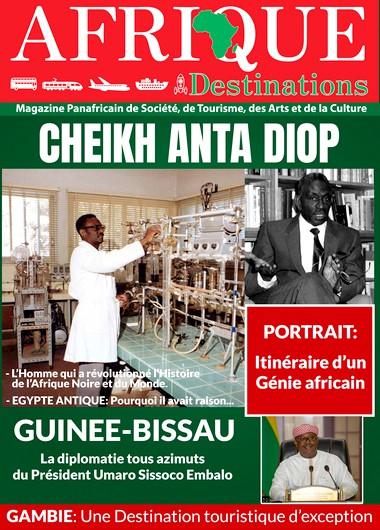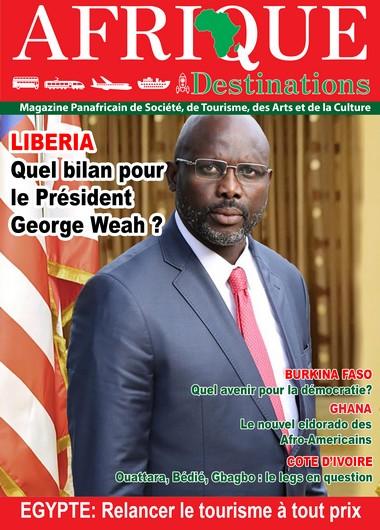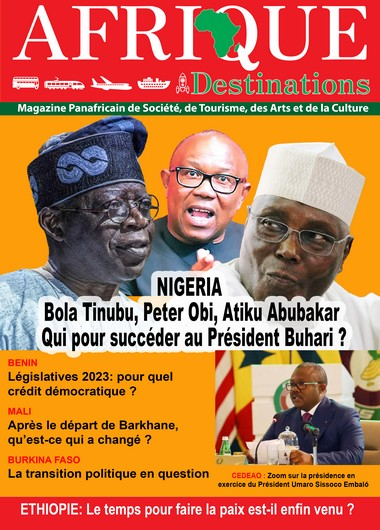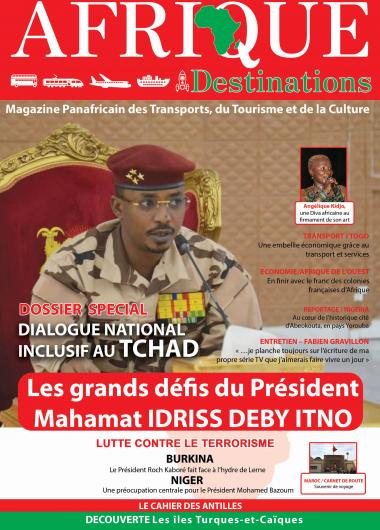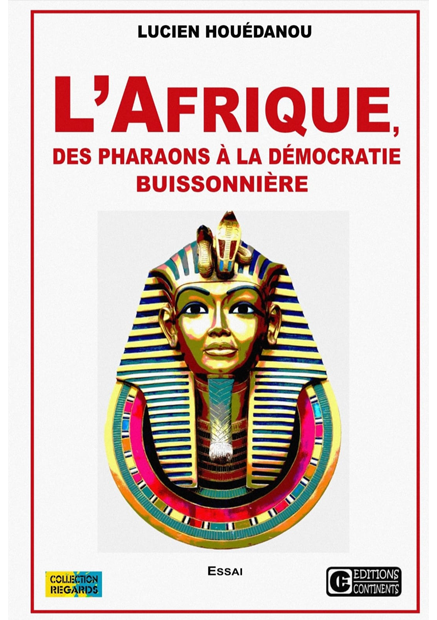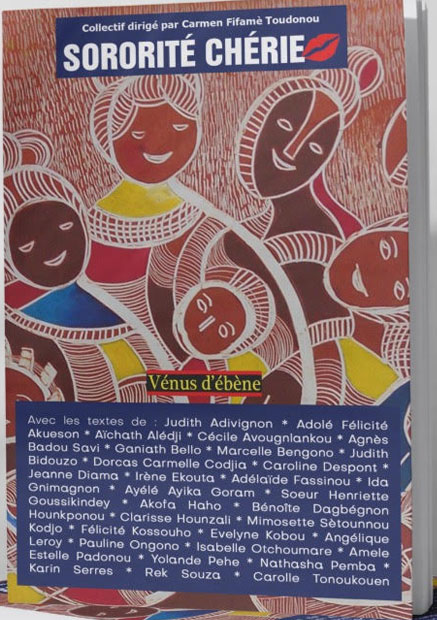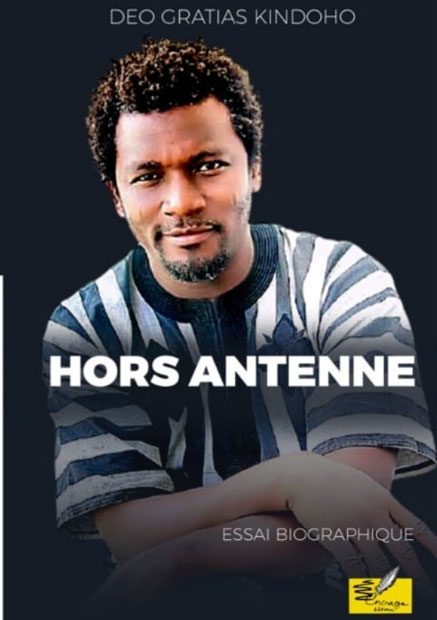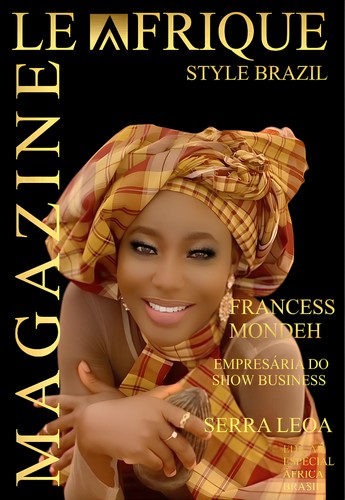holistic thinker of classical African humanities, eminent Lecturer, specialist in the
history of ancient Egypt.
His name was Jean-Philippe Corvo and he was born in Guadeloupe. He renamed himself Nioussérê Kalala Omotundé, and took Cameroonian nationality, to affirm with the greatest force his Africanity. He had become known for his ardent defense of African history and the African origin of many religions and cultures that dominate the world today. A great specialist in the history of ancient Egypt, he had deciphered the texts left by the scribes of the time, and restored the true history of Africa, and especially the contribution of Black peoples in the development of the main civilizations which shaped the world. A follower of Cheikh Anta Diop, he compared the texts of the Jewish and Christian religions to the texts found in the Egyptian pyramids, temples and papyri, to demonstrate that it was Egypt that inspired the so-called monotheistic religions and even the Greek civilization that it is said to be the cradle of European civilisation.
Nioussérê Kalala Omotundé died on November 14, leaving an immense work that all Africans should study to know their true story, in order to get rid of many of their complexes and face the future with confidence.
It was in 1822 that the Frenchman Jean-François Champollion, known as Champollion the Younger, deciphered the hieroglyphs, that is to say the writing used by the ancient Egyptians. He was also one of the first to visit the pyramids, palaces and other monuments left by them. And he made astonishing discoveries, which many other researchers and Egyptologists would later confirm. He first discovered that the Egyptians of that time represented themselves most often as Blacks, through their paintings and sculptures, with negroid features, that is to say as we are today. Why would a people represent itself in another color, another physiognomy that is not its own? But long before Champollion, another Frenchman, M.C.F. Volney, an ethnographer and geographer who had visited Egypt for a long time, had written in 1787, about the Copts, the people from whom the pharaohs were said to have descended: "All have puffy faces, swollen eyes, crushed noses , the big lip: in a word, a real mulatto face. I was tempted to attribute it to the climate, when, after having visited the Sphinx, its aspect gave me the answer to the enigma. Seeing this head characterized as a Negro in all its features, I remembered this remarkable passage from Herodotus, where he says: "For me, I consider that the Colches are a colony of the Egyptians because, like them, they have the black skin and frizzy hair: that is to say that the ancient Egyptians were true Negroes of the species of all the natives of Africa; and from then on, we explain how their blood, allied for several centuries to that of the Romans and the Greeks, must have lost the intensity of its first color, while nevertheless retaining the imprint of its original mould".
The discoveries of Champollion, Volney and other Egyptologists who affirmed the Negro character of Egyptian civilization were violently rejected by right-thinking Europe of the time. Indeed, it could not admit that the Blacks, who were still slaves, the Blacks who in those days were reluctant to classify in the category of humans, could have been the builders of this marvelous Egypt that she was discovering. Thus was also fought against Cheikh Anta Diop who, relying on the work of the first Egyptologists, forcefully affirmed the irrefutably black character of Egyptian civilization. Until now, many Europeans still find it difficult to accept the black character of ancient Egypt, before it suffered invasions from neighboring peoples.
Nioussérê Kalala Omotundé demonstrated in his works that the great myths of the Jewish and Christian religions, and later of the Muslim religion which will be based on the texts of the first cited, such as the last judgment, the birth of a savior from the bowels of a virgin woman, this man who will be killed but who will be resurrected three days later, and many others, were just cut and paste from Egyptian myths. And this is all the more believable because the Bible itself says that the Jewish people left Egypt, where they had been in captivity for a very long time. He may therefore have left with the Egyptian religion which he recycled, as well as some of its practices, such as circumcision. And we, Africans of today, as soon as we open our eyes, we will see all that in our cosmogony, in our customs, in our rites, in our ornaments, connects us to ancient Egypt.
Nioussérê Kalala Omotundé was opening the eyes of Africans. May his departure to the world of his ancestors not put an end to this work intended to enable Africans to stand up.
By Venance Konan
*This article has been translated from French into English by Marcus Boni Teiga



